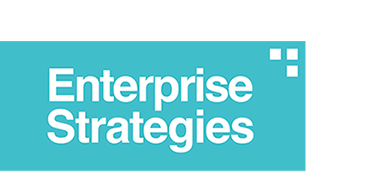
12 Dec Provide A Formal Governance Framework For Your Employees
Network laid the foundation for informally, but deliberately, increasing adoption and engagement. The next step in the CHANGES Methodology is G for Governance which focuses on providing a formal framework for ensuring the continual improvement of your employees usage of social tools and processes.
As a leader, it is important to communicate purpose and define a roadmap for your social business transformation. Having this in place not only holds you accountable for progress, but also provides guidelines for employees, giving them the ability to anticipate the next turn. Defining and setting a formal structure of roles, responsibilities, metrics, and goals aligned with the culture of your company will drive social behavior throughout. This also provides the opportunity to discuss and layout how team members will adjust and adapt to this new way of working.
Focusing on employee engagement during this process increases adoption, as well as provides a transparent view of the future of work for your team. Tracking and reporting progress against a maturity model allows you to assess whether or not you are on track to meet your desired business objectives. Leaders should confidently guide employees to better themselves — the company as a whole will advance accordingly.
Creating this blueprint does not require a significant amount of time and, quite honestly, will save you time in the long run. When something goes awry (which inevitably it will) having this guideline to serve as a playbook for unexpected obstacles will save you time. You will have everything “mapped” out and be able to anticipate the next bend in the road before it materializes.
In the G=Governance clip below, consider:
- Have you designed a roadmap for your company?
- Have you identified the culture of your company so that you are able to set the formal structure of roles and responsibilities?
See the previous posts on the CHANGES Methodology: C=Culture, H=Hook, A=Assessment, and N=Network.

